Table of Contents
The procedure is over, and you’re undoubtedly relieved, but now the recovery begins. For most patients, recovery from wisdom tooth extraction isn’t a big deal – a few days while the wound(s) heal and some mild discomfort or swelling to deal with. Nothing to it. Still, sometimes the extraction is more intense, and your recovery can take up to a week or two.
Regardless of how long your recovery will take, you’ll initially find yourself limited in what you can safely eat. Drinking is no problem, but getting those valuable proteins, vitamins and minerals into your system can seem like a tough task requiring a certain creative touch. Don’t worry, though, because we’ll take the hassle out of figuring out what to eat after wisdom teeth removal with our helpful list and some tips to go along with it.
Sticking to soft foods after wisdom tooth surgery
Your dentist will have already mentioned that hard foods are out of the question. The same goes for anything crunchy or sticky.
Eating soft foods after wisdom tooth surgery is recommended by most oral care professionals for several reasons:
1. Minimize Discomfort
Soft foods are easier to chew and require less effort, reducing discomfort and pain in the surgical area.
2. Prevent Irritation
Hard or crunchy foods can irritate the surgical site, potentially leading to complications such as bleeding or dislodging the blood clot that forms during healing.
3. Promote Healing
Soft foods are gentle on the surgical site, allowing for proper healing without disruption. They are less likely to cause irritation or damage to delicate tissues as they are easily broken down and require less chewing.
4. Maintain Nutrition
While consuming a balanced diet is important, eating regular foods immediately after wisdom tooth surgery may be challenging. Soft foods provide essential nutrients while being easier to consume during the initial healing phase.
Can I eat sweet and spicy food after having my wisdom teeth removed?
Sweet or spicy foods can potentially irritate the surgical site after oral surgery. While the level of irritation can vary from person to person, it’s generally recommended to avoid sweet and spicy foods during the initial healing phase. Here’s why:
Sweet Foods
Sugary foods, especially those that are sticky or chewy, can potentially get stuck in the surgical area, leading to discomfort and difficulty in cleaning the site. Additionally, the high sugar content can increase the risk of bacterial growth and delay the healing process. That said, you do deserve a treat, so just make sure to rinse gently and keep your mouth clean after indulging.
Spicy Foods
Spicy foods, such as hot peppers or heavily seasoned dishes, can cause irritation and a burning sensation in the surgical site. The sensitivity of the tissues may be heightened after oral surgery, making spicy foods uncomfortable to consume.
Sticking to a soft and mild diet during the initial healing period after oral surgery is advisable, but some could be ok as long as it doesn’t cause discomfort and you can rinse your mouth afterwards.
Should I be careful about the temperature of my food too?
It is generally recommended to avoid consuming extremely hot or cold foods immediately after oral surgery. Here’s why:
Sensitivity
After oral surgery, the surgical site and surrounding tissues may be sensitive and more prone to discomfort. Consuming very hot or very cold foods can trigger pain or heightened sensitivity in the area.
Thermal Changes
Rapid temperature changes from hot to cold or vice versa can cause blood vessels to expand and contract, potentially leading to increased swelling, pain, or disruption of the healing process.
Opt for lukewarm foods or closer to room temperature to minimize discomfort and support your recovery.
What else should I avoid after wisdom tooth removal?
Be careful with the temperature of your food (especially immediately after surgery when your mouth is still numb). At the top of the list is to AVOID using a straw when you drink. This is because the pressure created as you pull on the straw can easily loosen an existing blood clot, and you will be bleeding again. If this happens, you can put yourself at risk of developing a ‘dry socket’, a painful inflammation that you could do without.
Avoid anything that can cut, scratch or irritate your mouth until you’re all healed up, and oh yes, try to avoid alcohol too because it can really delay healing which you surely don’t want.
What to eat after wisdom teeth removal?
Any oral surgery will likely require you to change your eating habits for at least a few days. Some patients have told us that this is the worst part of the process and the one they struggle with the most. It can be difficult enough deciding what to make for dinner on a regular night, let alone when after surgery.
That’s why we’ve created this list of foods you can eat after oral surgery and some recipes to help you decide what to eat after wisdom teeth surgery. Here are some suggestions to help you heal until you can resume your normal and diverse diet.
Ideas for what to eat for breakfast after wisdom teeth removal
Just because you had a wisdom tooth removal procedure doesn’t mean you need to skip breakfast. It’s one of the easier meals to make a responsible choice for and enjoy what you eat. If you’re wondering, “What can I eat for breakfast after having my wisdom teeth removed” we’ve got you covered.
Yogurt
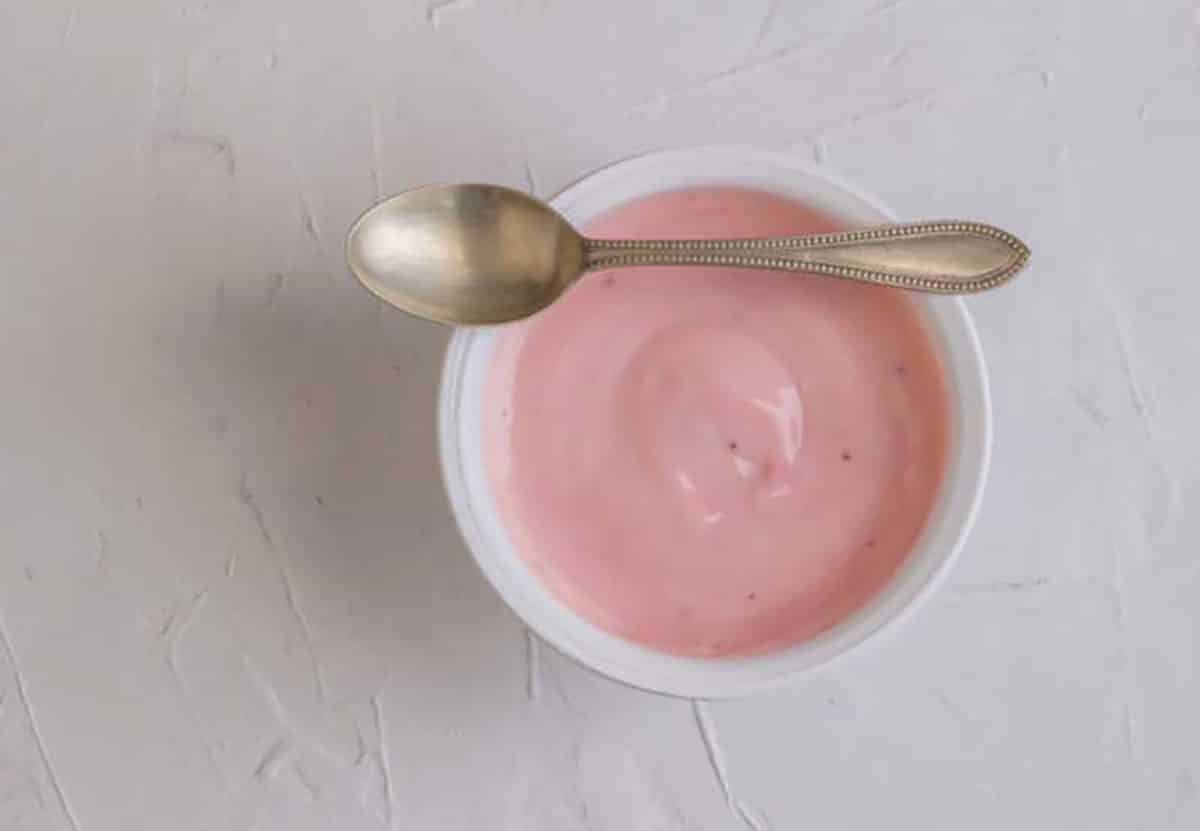
Yogurt is a very healthy food you should likely be eating already, but now that you’re only allowed soft foods – it’s one of the best. Top it with smaller sliced fruits or stir in some jam, and a nice cool yogurt will soothe your pain while filling your tummy. It’s also one of the easiest things you can prepare for yourself.
- soft and gentle texture
- cooling and soothing
- nutrient-rich
- contains natural probiotics
- easy to eat
Check out these fun and tasty yogurt upgrade ideas that are wisdom tooth surgery friendly:
Delicious and creamy homemade yogurt –
https://www.seriouseats.com/homemade-yogurt
Orange blossom yogurt –
https://www.food.com/recipe/greek-yogurt-with-orange-blossom-water-483816
Frozen yogurt creami –
https://thetastytravelers.com/ninja-creami-frozen-yogurt/
Porridge

One of the healthiest meals you can eat, usually for breakfast, porridge is a great option. It’s easy to make, soft enough to eat, flavourful if you add jam, sugar, cinnamon or syrup, and very nutritious. You could also add thinly sliced fruit or an apple sauce to keep it tasty but easy to ingest. Just cook it until it’s really soft for the easiest consumption.
- soft and easy to chew
- full of nutrients
- morning comfort food
- versatile and customizable
Porridge is also quick and easy to make while not requiring a large amount to provide a lot of nutrition and energy. You can also make porridge out of quinoa or millet for some variation. Dress it up or keep it natural, depending on your culinary mood.
Here are some ideas for how you can add flavour layers to your porridge:
Cinnamon porridge with berries –
https://www.bbcgoodfood.com/recipes/cinnamon-porridge-banana-berries
Rich chocolate porridge –
https://www.bbcgoodfood.com/recipes/chocolate-porridge
Quinoa porridge –
https://foolproofliving.com/coconut-quinoa-porridge-berries-quinoa-crunch-topping/
Scrambled Eggs

If protein is a concern of yours, eggs could be the answer. They’re soft and nutritious, especially when scrambled and can tide you over until your mouth has healed. You could add bacon, mushrooms or onions too if you chop everything up into small bits that don’t require chewing. We usually suggest soft scrambled eggs due to the lack of chewing involved in eating them.
- nutritious
- protein-rich
- part of a normal breakfast menu
- versatile
- easy to digest
Here are a few ways you can add eggs to your post-surgery breakfast menu:
Perfect scrambled eggs –
https://www.bbcgoodfood.com/recipes/perfect-scrambled-eggs-recipe
Ideas to safely add flavour to your eggs –
https://www.bonappetit.com/test-kitchen/cooking-tips/article/scrambled-eggs-breakfast-ideas
What to eat for lunch after having wisdom teeth removed
It might seem easy to skip, but lunch can be an important part of your daily diet. Things like sandwiches are out, but that doesn’t mean you can’t find something tasty to eat that won’t irritate your mouth further. Here are a few ideas to get your taste buds going.
Soups & Broths
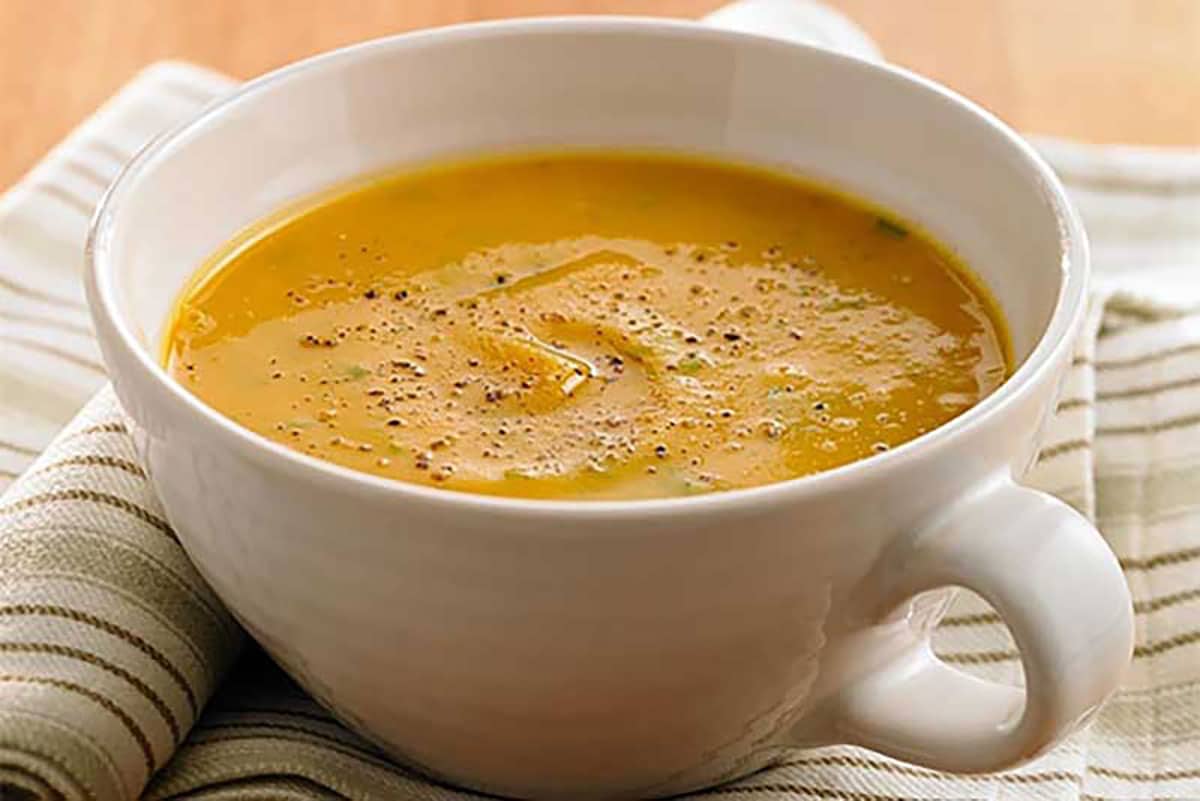
These are your go-to foods for the first days after wisdom teeth surgery. They’re nutritious, tasty and easy to consume thanks to their liquid or semi-liquid consistencies. These are the perfect food to eat after wisdom teeth surgery because they give your body what it needs without painful chewing. They are also super tasty too!
- easy to consume
- nutrient-rich
- provide hydration
- comforting and soothing
- lots of easily customizable choices
Your food processor or blender will become your best friend as you blend creamy soups, bisques or delicious chowders. Noodle soups are awesome, too, as are all sorts of broths which you can easily consume when you need something quick.
Here are some oral surgery-friendly recipe ideas to get you started:
Delicious potato and leek soup –
https://www.loveandlemons.com/potato-leek-soup/
Easy and creamy cauliflower soup –
https://www.bbcgoodfood.com/recipes/creamy-cauliflower-soup
Nutritious fennel carrot soup –
https://www.tasteofhome.com/recipes/fennel-carrot-soup/
Avocados
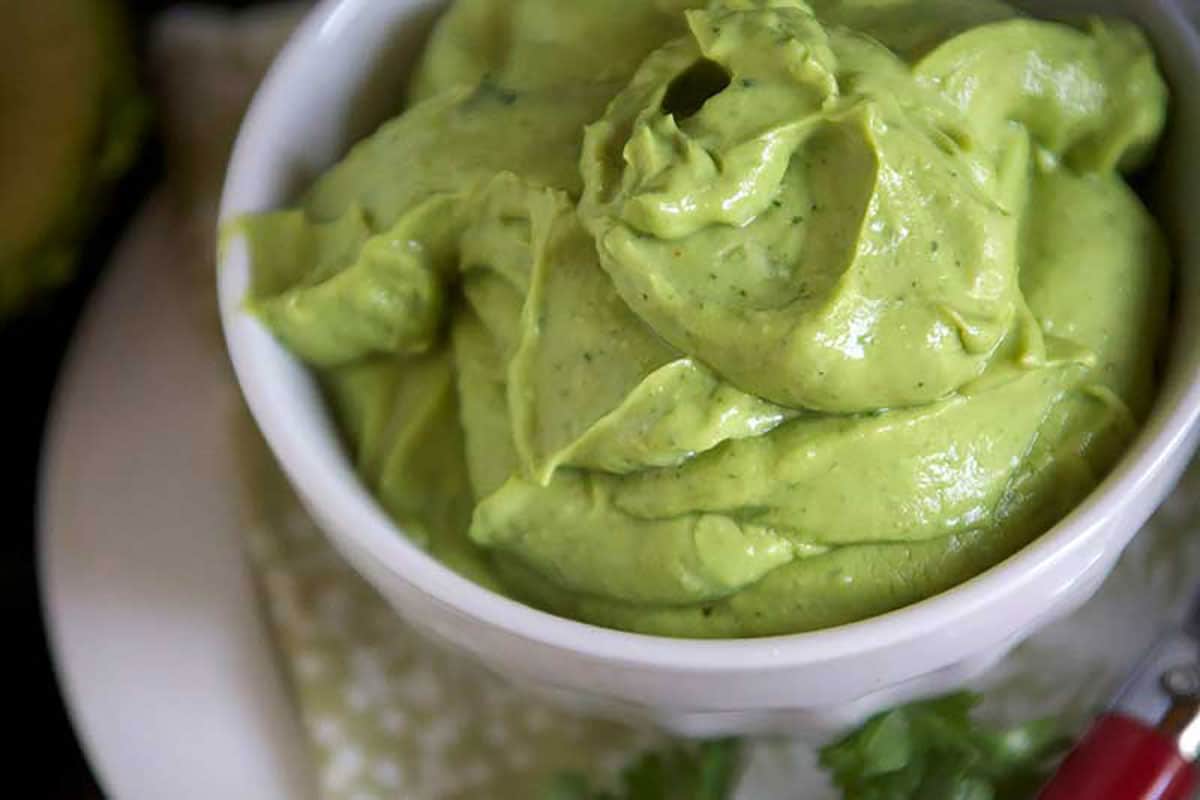
Avocados are all the rage these days; luckily, they’re also suitable for eating. Choose the softest you can find and break them down into a guacamole-type consistency if possible. Add a bit of balsamic vinegar, grab your spoon, and you’re ready. You could spread your avocado on some soft white bread with the crusts cut off if you feel like it.
Avocados also provide healthy fats and natural fibre which are often two things that patients struggle to consume shortly after having their wisdom teeth removed.
- soft and creamy
- nutrient-dense
- healthy fats
- mild flavour
- natural fibre
Check out these helpful avocado-based recipes you can try out:
A simple but amazing guac recipe –
https://downshiftology.com/recipes/best-ever-guacamole/
Avocado-garlic spread –
https://itsavegworldafterall.com/garlic-avocado-spread/
Smoothies
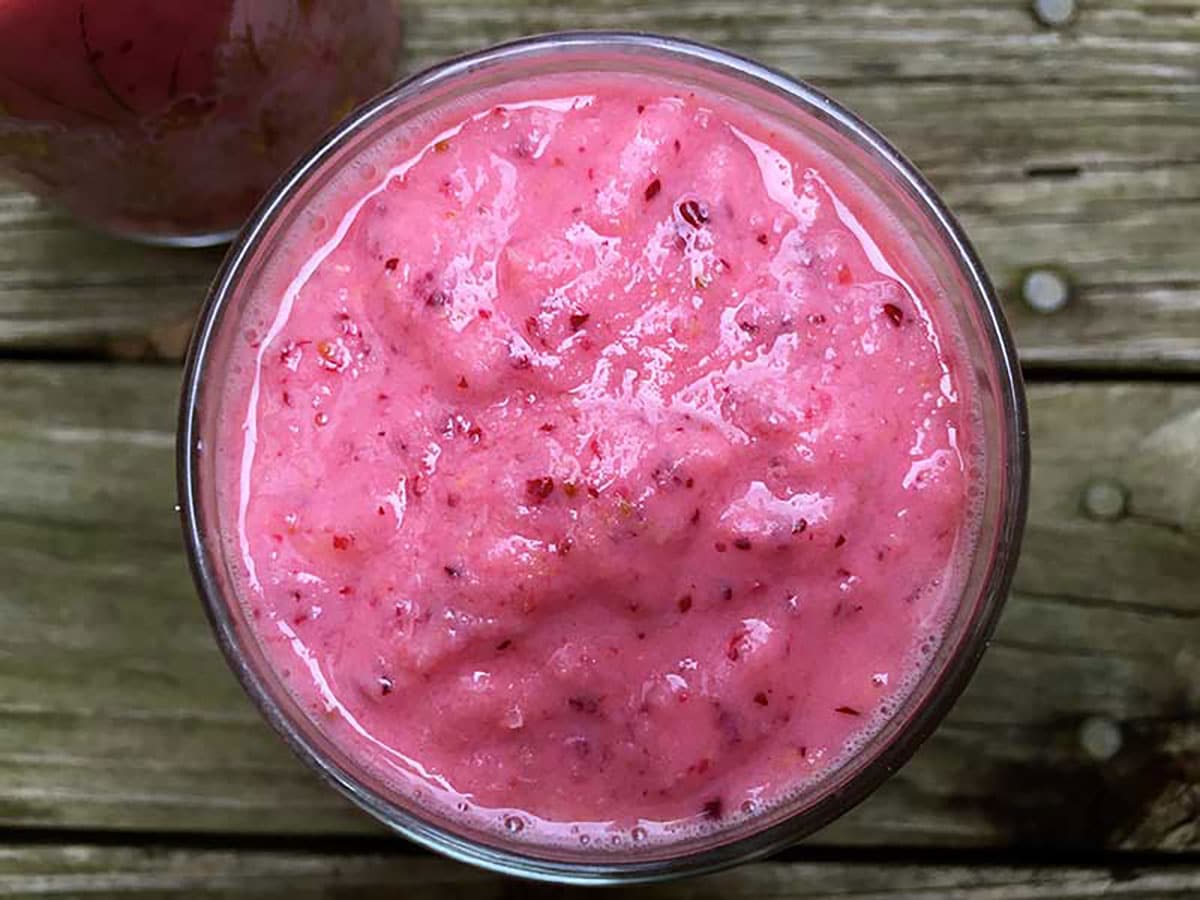
We all love smoothies, right? Not only are they nutritious (think fruits and veggies), but they’re super tasty. In this case, you’ll have to create more of a smoothie bowl because straws are not allowed, so grab your spoon and enjoy. A tip is to use seedless fruits because the seeds can end up trapped around the tooth removal site and cause problems there.
- nutrient and dairy dense
- hydrating
- cooling and soothing
- totally customizable
- easily add protein powder
As a bonus, the cold nature of a smoothie is a great way to soothe an irritated mouth while you enjoy it. A smoothie is also perfect as breakfast or a snack anytime when hard foods aren’t on the menu.
Try these smoothie ideas as a food to eat after wisdom tooth removal:
Strawberry Acai smoothie –
https://downshiftology.com/recipes/strawberry-acai-smoothie/
Tropical oatmeal smoothie –
https://www.foodnetwork.com/recipes/food-network-kitchen/tropical-oatmeal-smoothie-3362340
Green machine smoothie –
https://www.womenshealthmag.com/food/a28281316/green-spinach-pineapple-smoothie/
Congee
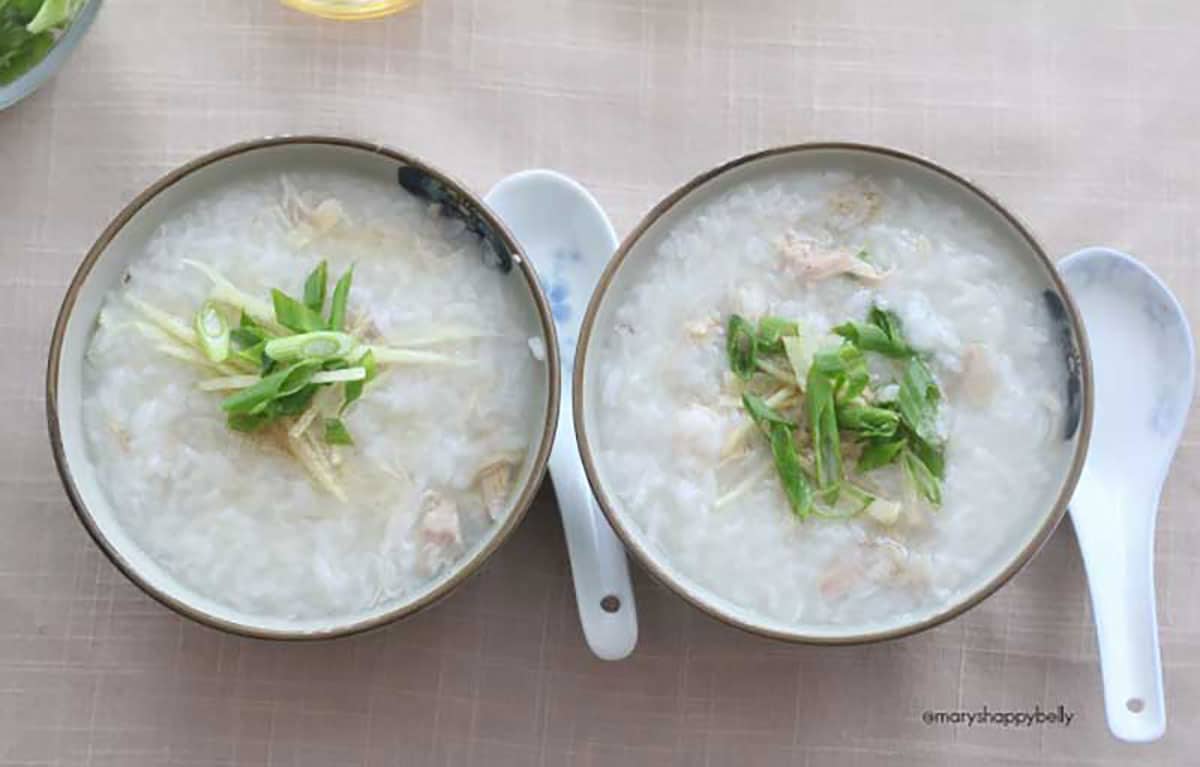
This can be a real treat even without having gone through a wisdom tooth removal, so you’re in luck. It’s usually made of rice and other soft additions in a soup broth that don’t require chewing and are very easy to ingest. Any bigger pieces are typically soft and can be cut down to make them more manageable. Use your judgment about what you should or shouldn’t try to eat.
- soft and easy to eat
- gentle on the surgical site
- hydrating and nutritious
- comforting and soothing
- doesn’t count as “post-surgery food”
Order in delivery, grab some takeout from your favourite local congee spot or make your own at home. Congee is one of the best comfort foods we know of.
Here are two simple to make congee recipes to try out if you’re feeling up to the task:
Basic Asian congee –
https://whattocooktoday.com/how-to-make-rice-porridge.html
Chicken congee –
https://www.madewithlau.com/recipes/chicken-congee
Things to eat for dinner after wisdom teeth surgery
Dinner is the hardest meal to skip, which is why it’s a good thing that there are a few options at your disposal. We’ve already mentioned trusty soups and broths as a lunchtime idea, so we’ll leave those out of this section, but check out the following wisdom teeth removal dinner ideas instead.
Well-cooked Pasta or Rice
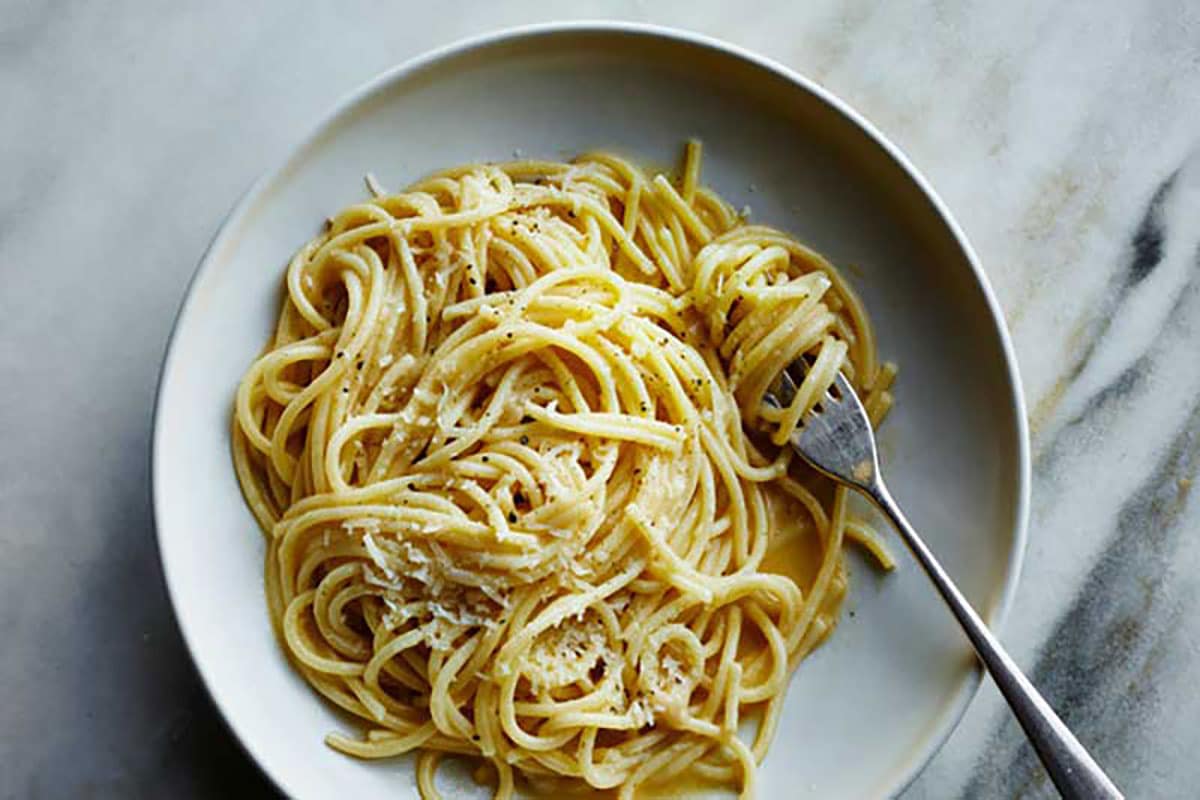
Pasta can be a tasty meal anytime, and it can also work after oral surgery. You must remember to overcook both to make things soft and easy to ingest. The pasta you’ll also likely need to cut into smaller portions, but that’s easily done and can be very tasty (almost a normal meal).
- soft texture
- it’s basically a normal meal
- versatile and easy to customize
- get some grains in your diet
We do recommend keeping your pasta dishes simple, so here are a few recipe suggestions:
Simple pasta and tomato sauce –
https://www.myrecipes.com/recipe/simple-tomato-sauce-pasta
Penne alla vodka –
https://www.delish.com/cooking/recipe-ideas/a26556220/penne-alla-vodka-recipe/
Alfredo pasta –
https://thesaltymarshmallow.com/best-homemade-alfredo-sauce/
Soft Rice
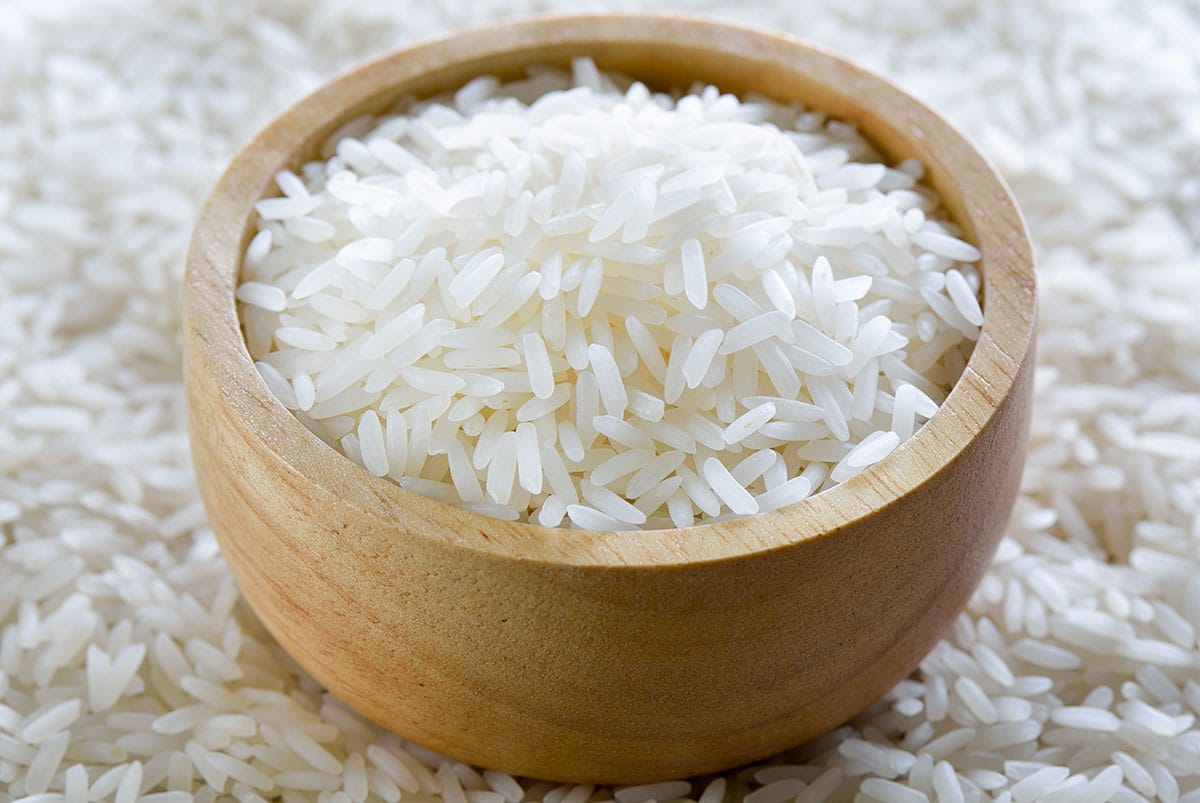
Rice is another one of those versatile foods you can prepare so that it’s soft enough to eat after oral surgery. Eat it plain, add some sauces, chop some veggies up to make fried rice, or add rice to a chicken broth and call it a day. Great for lunch, dinner or as a side with another food so you can eat properly even when your mouth is largely out of commission.
- soft texture
- mild and versatile
- carbohydrate energy source
- easily digestible
Due to the shape and size of rice grains, it is recommended to gently rinse your mouth after eating to ensure no grains have become trapped inside your mouth.
Here are a few rice recipes you should consider trying:
Seasoned rice recipe –
https://www.africanbites.com/seasoned-rice/
Chicken and rice soup –
https://www.recipetineats.com/chicken-and-rice-soup/
Texas-style Spanish rice –
https://www.tasteofhome.com/recipes/texas-style-spanish-rice/
Desserts you can eat after wisdom tooth removal
You’re feeling crappy because your mouth hurts, so we think you deserve a little pick-me-up in the form of something sweet and delicious. Your dessert options are pretty obvious, but we’ll mention them anyways, just for the record.
Ice Cream
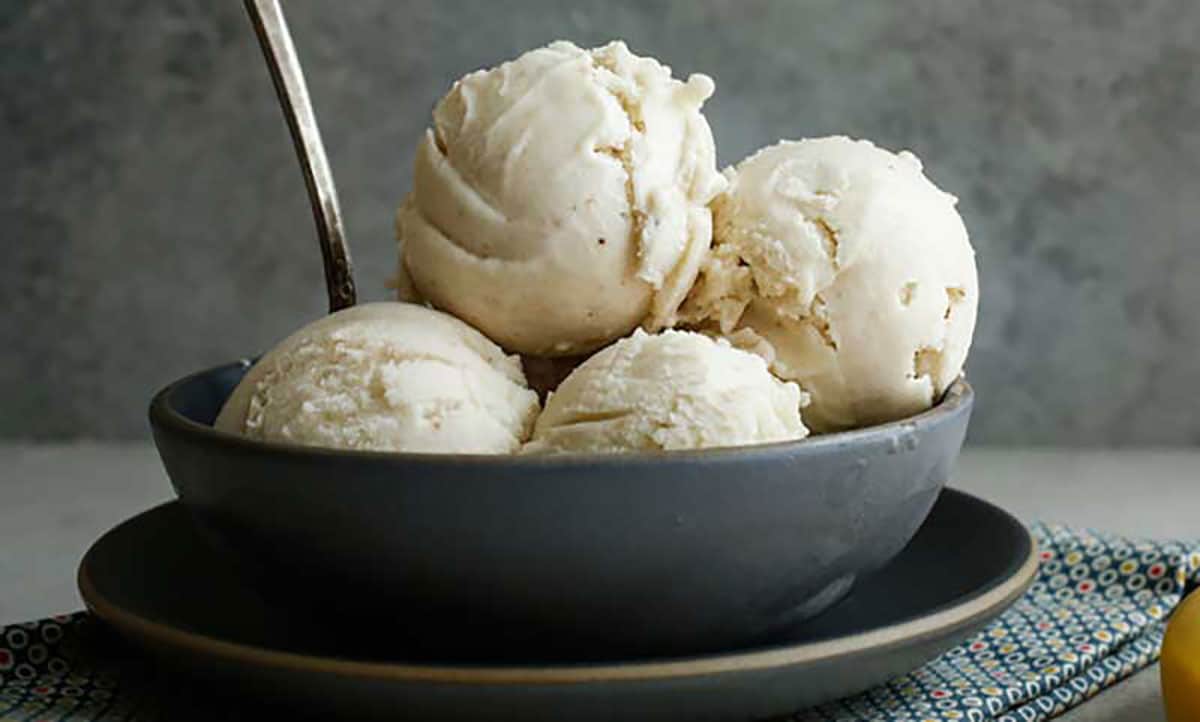
Usually, we’d advise you to wait on this one until after something more nutritious, but heck, who can resist? You’ve earned this treat. Ice cream is easy to eat and tasty, so use this situation and use it as an excuse to indulge. Just remember that sugar and sweets aren’t really the best thing for open wounds in your mouth, so be sure to rinse gently afterwards.
- source of dairy
- cool and soothing
- easy to consume
- good for the soul
We probably don’t need to add any ideas for ice cream, but just in case you want to try your hand at making your own, here’s a fantastic recipe:
Easy homemade ice cream recipe –
https://www.tasteofhome.com/recipes/homemade-vanilla-ice-cream/
Sherbert, sorbet and frozen yogurt
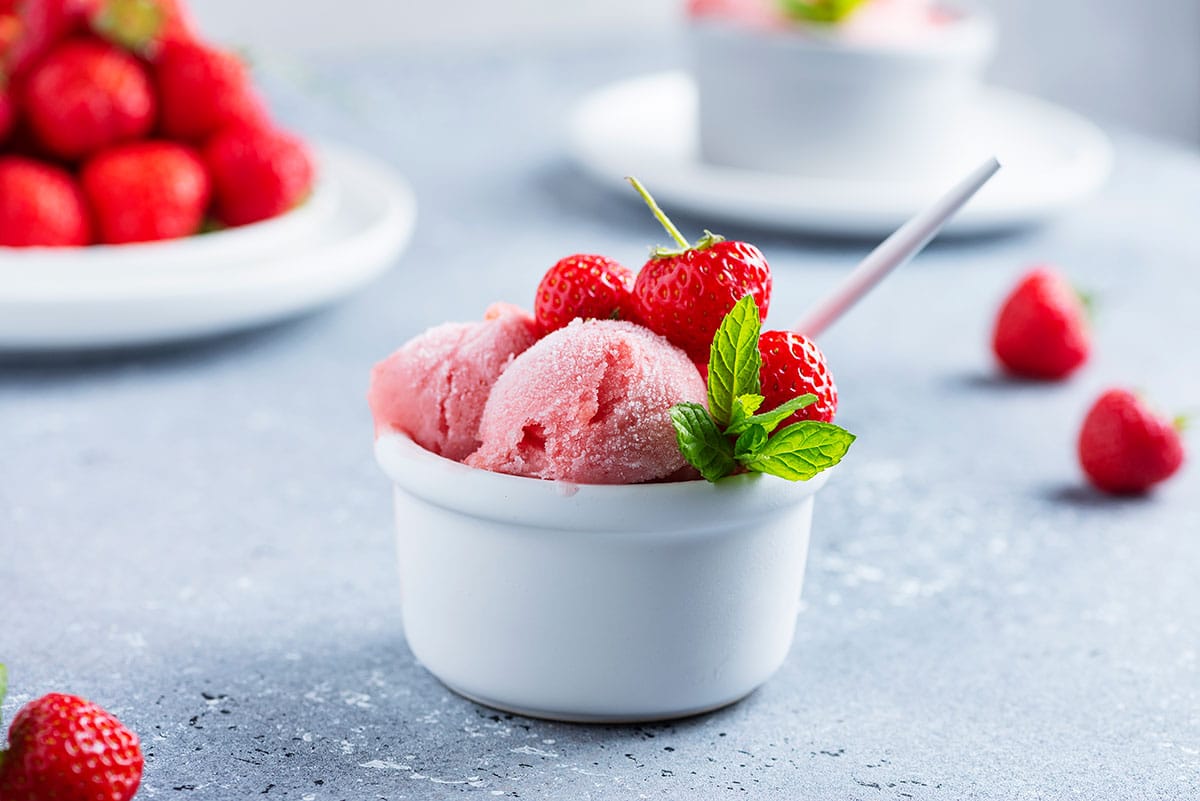
Ice cream, sherbert, sorbet and frozen yogurt are some of the best (tasting) things you can eat after wisdom tooth removal. With so many flavours, soft texture, and numbing coolness, these treats will hit the spot. There’s awesome variety here too, and in the case of frozen yogurt, it can be quite healthy too, provided you adjust the sugar contents.
- cool and soothing
- easy to consume
- comfort food
- a real treat
Here are a few recipes in case you want to try your hand at making these delicious desserts at home:
Orange sherbet at home –
https://www.thespruceeats.com/orange-sherbet-recipe-1945803
Easy homemade fruit sorbet –
https://www.theflavorbender.com/easy-fruit-sorbet-only-3-ingredients-and-so-many-flavors/
Healthy frozen yogurt you can make at home –
https://healthyrecipesblogs.com/frozen-yogurt-recipe/
Chocolate Sauce
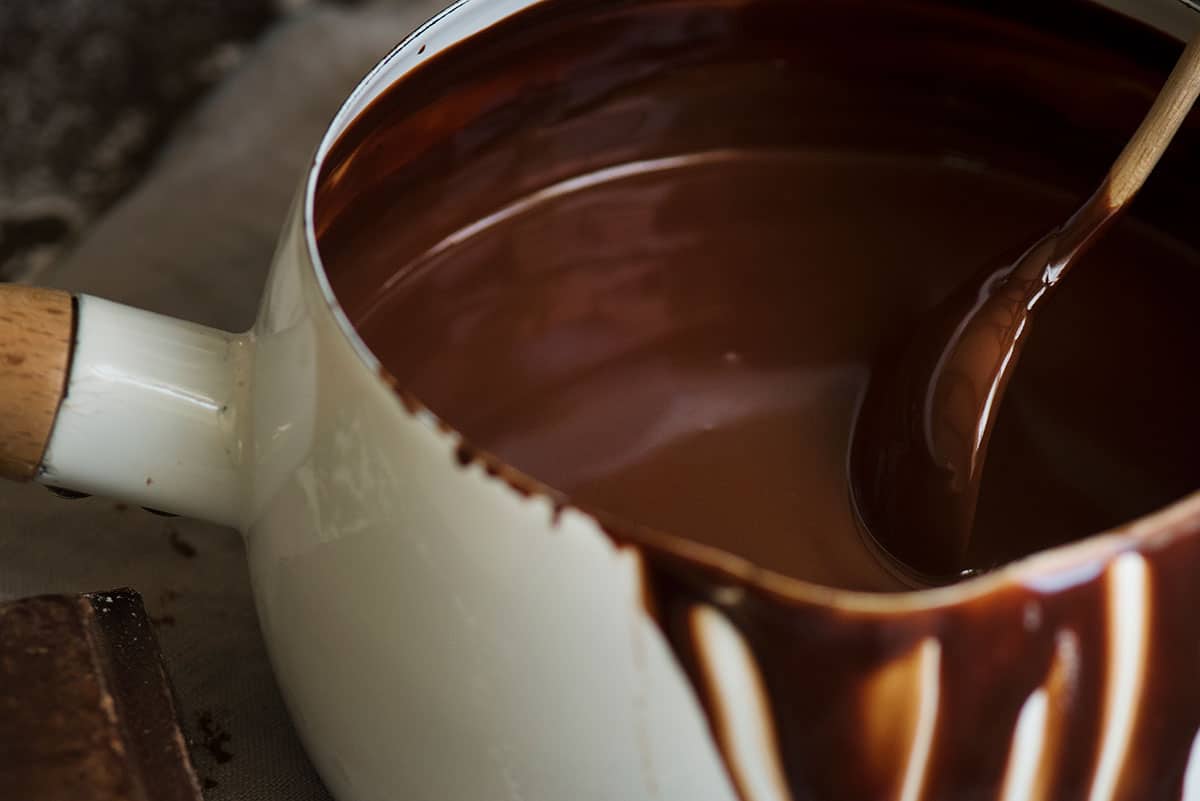
While chocolate sauce is easy to eat due to its texture, it can also be very clingy because it coats the areas of your mouth you’d rather not have covered in a sugary substance. You can still enjoy this dessert, but make sure you take the time to clean your mouth out when you’re finished.
Here’s a great recipe to make chocolate sauce at home:
https://bellyfull.net/homemade-chocolate-sauce-recipe/
In conclusion
We hope you find our list useful, but remember, it’s just a small list, and you could enjoy many other options. Get creative and put your food processor to work, and you can enjoy a different meal each time, but make sure that whatever you eat doesn’t require much chewing, isn’t prone to irritating your mouth, and can be rinsed gently away after you’ve eaten. You don’t want to unnecessarily promote bacteria or infections or slow the healing process. For more information about wisdom tooth removal, click here.
If you aren’t sure, contact one of our dental clinics and speak to a professional about your meal choices. Having your wisdom teeth out isn’t fun, but the discomfort is temporary. Hopefully, our list will inspire you to eat well, even though you’re recovering and can only eat soft foods. Enjoy!
Check us out on Facebook and Twitter for daily information about Oral Health from Martindale Dental, or visit our offices in Hamilton and St. Catharines.
Have more questions?
Please contact us for all inquiries or to book an appointment with one of our convenient clinic locations. We look forward to hearing from you.



